The digital landscape has revolutionized communication, interaction, and business operations, bringing new challenges to personal injury law, especially concerning online safety and liability. Florida’s Online Protection for Minors Act (HB 3), effective January 1, 2025, represents a pivotal shift in addressing these issues.
Understanding the New Legal Landscape
HB 3 imposes strict regulations on social media platforms and content distributors to protect minors from online harm.
Key Provisions:
Age Restrictions: Children under 14 are prohibited from creating social media accounts.
Parental Consent: Teens aged 14-15 require parental approval to create accounts.
Age Verification: Platforms must verify users’ ages and implement safeguards to prevent minors’ access to harmful content.
These regulations introduce new areas of liability for online platforms and pose important considerations for personal injury attorneys.
Implications for Personal Injury Cases
HB 3 opens several avenues for personal injury claims related to online harm:
Negligence in Age Verification:
Platforms failing to verify a user’s age, leading to harm, may face liability.
Failure to Protect:
Inadequate protection of minors from harmful content or online predators could result in lawsuits.
Data Privacy Breaches:
Mishandling minors’ personal information may lead to identity theft or other harm, triggering liability.
Emotional Distress:
Exposure to inappropriate content or cyberbullying, due to negligent platform management, could justify emotional distress claims.
Penalties:
Platforms face fines of up to $50,000 per violation.
Minors have a private right of action to sue for up to $10,000 in damages.
Challenges in Litigation
While HB 3 expands legal recourse, it also presents unique challenges in litigation:
Jurisdiction:
Determining jurisdiction for cases involving global platforms can be complex.
Causation:
Proving direct links between online activity and real-world harm may be difficult.
First Amendment Concerns:
Balancing child protection with free speech rights remains contentious.
Technological Complexities:
Courts and attorneys may struggle with understanding platform operations and age verification systems.
Proactive Measures for Online Platforms
To mitigate liability risks, platforms should:
Implement robust age verification systems.
Regularly update content moderation policies.
Provide clear reporting mechanisms for users.
Maintain transparent data handling practices.
Educate users about online safety.
The Role of Personal Injury Attorneys
As the digital legal landscape evolves, personal injury attorneys must:
Stay updated on digital laws and regulations.
Develop expertise in digital forensics and online evidence gathering.
Collaborate with tech experts to understand platform operations.
Advocate for clearer standards in online safety.
Looking Ahead
The introduction of HB 3 and similar legislation nationwide reflects growing awareness of online harms’ real-world impacts. Future trends include:
More personal injury cases involving online platforms.
Evolving standards for platform liability.
Increased focus on digital safety education.
Potential federal legislation to create uniform standards.
Key Elements in Online Personal Injury Law
Digital Evidence
Social media posts, photos, and videos can support or undermine claims.
Surveillance footage may capture incidents.
Electronic records (emails, texts, transaction logs) are crucial for evidence.
Example: Posts showing a claimant engaging in physical activity could contradict injury claims.
Social Media Considerations
Social media posts and interactions may be used as evidence in personal injury cases.
Privacy settings offer limited protection, as content can be subpoenaed.
Attorneys and insurers often scrutinize profiles for inconsistencies with injury claims.
Online Safety Laws
HB 3 introduces liability concerns related to:
Age restrictions and parental consent requirements.
Platform obligations for age verification and content moderation.
Duty of Care in the Digital Space
Social media companies may be responsible for protecting users from harm.
Platforms could face liability for failing to moderate harmful content or protect user data.
The extent of this duty is still evolving through legislation and court cases.
Causation and Damages
Proving online activity directly caused real-world harm is complex.
Quantifying emotional or psychological damages from online interactions can be challenging.
Demonstrating the impact of digital addiction or excessive screen time on quality of life.
Statute of Limitations
Timeframes for online-related injury claims may differ from traditional cases.
Discovery rules may vary for harm that develops over time online.
Claimants must be aware of these timelines to act promptly.
Conclusion
Florida’s Online Protection for Minors Act (HB 3) represents a significant advancement in online safety and liability regulations. As personal injury law adapts to the digital age, attorneys play a critical role in shaping how these laws are applied and interpreted. By staying informed and proactive, legal professionals can effectively advocate for clients harmed in the digital space while contributing to a safer online environment for all users
The post Online Safety and Liability: Navigating the Digital Frontier in Personal Injury Law appeared first on The Injury Advocates.




